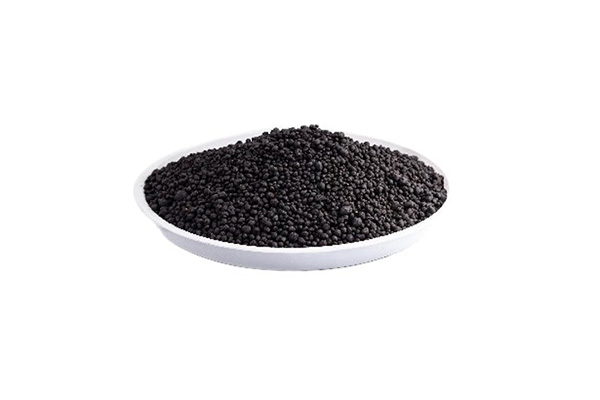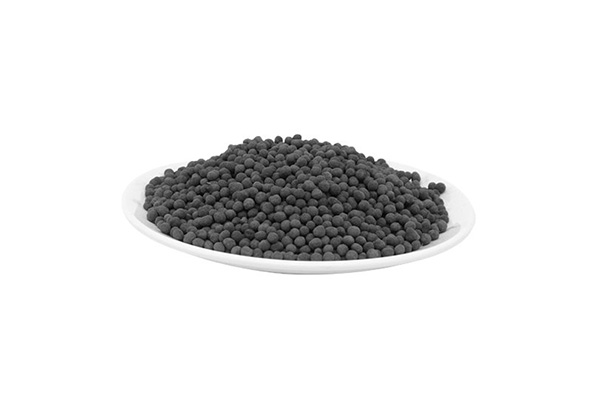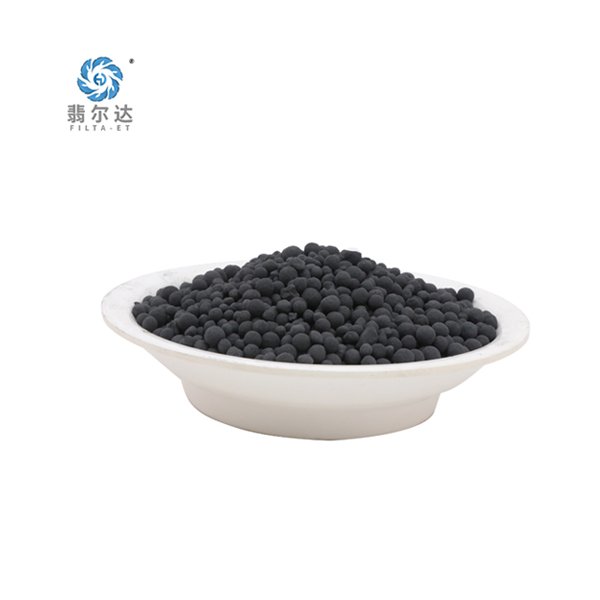Water treatment is a cornerstone of environmental management, public health, and industrial sustainability. Among the wide range of technologies used in purification, biological filter materials hold a special place because they integrate natural microbial processes with engineered designs to achieve efficient, stable, and environmentally friendly treatment results. These materials are not only passive filtration media; they serve as active platforms that promote microbial colonization, biofilm development, and organic degradation.
In recent decades, advances in material science and ecological engineering have accelerated the development of high-performance biological filter media. Companies such as Feierda, which specializes in the research, production, and sales of eco-friendly filtration materials, have played an essential role in shaping modern water treatment solutions. This article explores the characteristics, mechanisms, and applications of biological filter materials in detail, with emphasis on their vital role in sustainable water purification.
Understanding the Nature of Biological Filter Materials
Biological filter materials differ fundamentally from conventional mechanical filters. While sand, activated carbon, or ceramic filters primarily act through physical sieving or adsorption, biological media are designed to support microbial ecosystems. These microbes, once established, are capable of degrading organic pollutants, metabolizing nutrients, and contributing to natural purification cycles.
The essence of biological filter media lies in their porous structures. High surface area and interconnected pore networks provide suitable habitats for diverse microbial communities. The efficiency of the treatment process depends on how well the material encourages microbial growth, retains biofilms, and facilitates the interaction between water, oxygen, and contaminants.
Structural and Physical Characteristics
The performance of biological filter materials is strongly linked to their physical characteristics. Some of the most critical features include:
Porosity: High porosity ensures maximum exposure of water to microbial surfaces. Micro-pores create niches for bacteria, while macro-pores enable smooth water flow.
Specific Surface Area: Materials with larger surface areas allow greater microbial colonization, directly influencing pollutant removal rates.
Mechanical Strength: Stability under long-term use is vital, as the media must withstand continuous water flow, occasional backwashing, and microbial activity without degrading.
Density: Optimal density ensures that the media remain well-positioned in the filter bed, resisting flotation or compaction.
Manufacturers such as Feierda have refined production techniques to achieve precise control over these physical parameters, resulting in filter materials that are durable, effective, and tailored to different water treatment environments.
Chemical Properties and Bio-Compatibility
Beyond physical form, chemical properties play a decisive role in the suitability of biological filter media. Neutral or slightly alkaline surfaces promote microbial activity. The absence of harmful leachates or toxins ensures that the microbial ecosystem can thrive without disturbance. In some cases, trace minerals embedded in the filter matrix can even serve as micro-nutrients, enhancing microbial metabolism.
Materials must also resist chemical corrosion, especially in systems where water chemistry fluctuates. Feierda’s development approach emphasizes eco-friendly compositions that balance structural stability with biocompatibility, ensuring safe, long-lasting use in both municipal and industrial settings.

The Biological Mechanism of Action
The true power of biological filter media lies in the symbiotic relationship between microbes and filter surfaces. Once water flows through the media bed, microorganisms begin to attach themselves to the material’s surface. Over time, they form biofilms—complex, multi-layered microbial communities encased in extracellular polymers.
Within these biofilms, different microbial groups cooperate in pollutant removal. Aerobic bacteria degrade organic matter with the help of dissolved oxygen, while nitrifying bacteria convert ammonia into nitrites and nitrates. In deeper layers, facultative or anaerobic microbes further metabolize residual contaminants. This multi-stage biological process ensures comprehensive treatment without the need for harsh chemicals.
Applications in Drinking Water Treatment
Biological filter media are widely used in the purification of drinking water. Their ability to remove natural organic matter, ammonia, and trace pollutants makes them indispensable in many municipal treatment plants. Unlike purely chemical approaches, biological treatment preserves water’s natural characteristics while minimizing the formation of harmful by-
products such as trihalomethanes.
Feierda’s eco-friendly filter materials have been successfully applied in drinking water projects where reliability and safety are paramount. Their consistent quality and stability ensure that microbial ecosystems remain balanced, providing communities with safe and clean water.
Applications in Wastewater Treatment
Wastewater treatment is perhaps the most significant domain where biological filter materials demonstrate their full potential. Industrial effluents, domestic sewage, and agricultural runoff all contain complex mixtures of organic and inorganic contaminants. Biological filtration provides a cost-effective and sustainable means of reducing pollutant loads before discharge or reuse.
In these systems, biofilms supported by filter materials handle large volumes of water while maintaining high degradation efficiency. Specific applications include:
Removal of biochemical oxygen demand (BOD) and chemical oxygen demand (COD).
Conversion of nitrogen compounds through nitrification and denitrification.
Stabilization of organic sludge.
Feierda’s innovative filter media solutions are designed to perform reliably under variable wastewater conditions, ensuring compliance with environmental standards.

Applications in Aquaculture Systems
Aquaculture requires clean, stable water to support healthy fish and aquatic organisms. Biological filter materials are integral components of recirculating aquaculture systems (RAS). By facilitating nitrification, they prevent the accumulation of toxic ammonia and nitrites, maintaining safe environments for aquatic life.
Filter materials with high porosity and durability, such as those offered by Feierda, ensure that aquaculture systems operate smoothly with reduced need for chemical additives, ultimately improving both environmental outcomes and economic efficiency.
Environmental and Economic Advantages
Biological filter materials offer multiple advantages over conventional treatment technologies:
Eco-friendliness: They rely on natural microbial activity rather than synthetic chemicals.
Low operational cost: Once microbial communities are established, ongoing maintenance is minimal.
Scalability: They can be applied in systems ranging from small household filters to large municipal plants.
Longevity: High-quality materials provide extended service life with minimal replacement.
For industries and municipalities aiming to meet sustainability goals, companies like Feierda deliver solutions that balance technical performance with environmental responsibility.
The Role of Research and Development
The continuous improvement of biological filter materials depends on active research and development. Feierda has invested significantly in developing innovative eco-friendly media with optimized structures, improved bio-compatibility, and enhanced resistance to fouling. By combining material science with microbiology, these advances make it possible to achieve higher treatment efficiency and longer operational stability.
Feierda is at the forefront of filtration technology. This synergy of science and practice benefits the community, industry, and ecosystem.

Conclusion
Biological filter materials represent a perfect example of how natural processes and engineered solutions can work together to address critical challenges in water treatment. Their unique properties—porous structures, biocompatible chemistry, and capacity to support microbial life—make them indispensable for clean water supply, wastewater management, and aquaculture systems.
As a specialist in environmental filtration materials, Feierda continues to set benchmarks for quality, sustainability, and innovation. By delivering eco-friendly solutions tailored to diverse applications, the company contributes not only to technological progress but also to the global mission of protecting water resources for people and ecosystems.
Biofilter Media for Wastewater Treatment: Key Applications and Benefits
www.filta-et.net
Feierda Environmental Technology (Zhenjiang) Co., Ltd.

